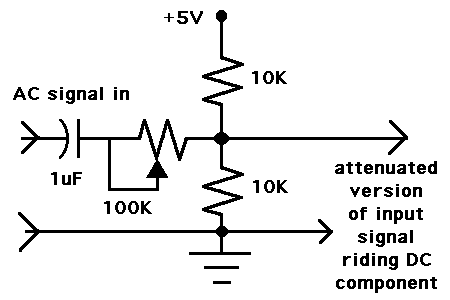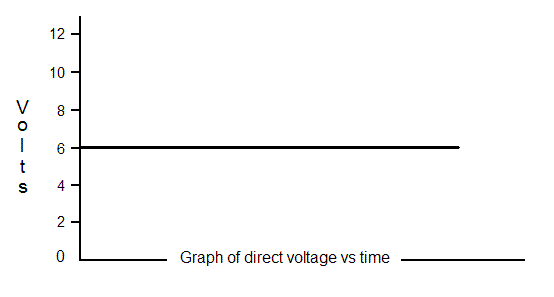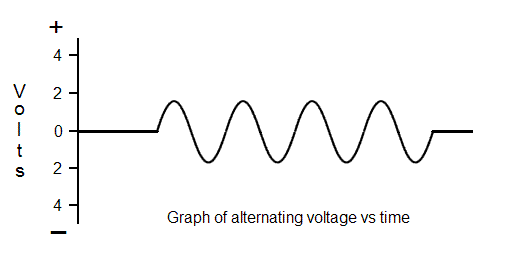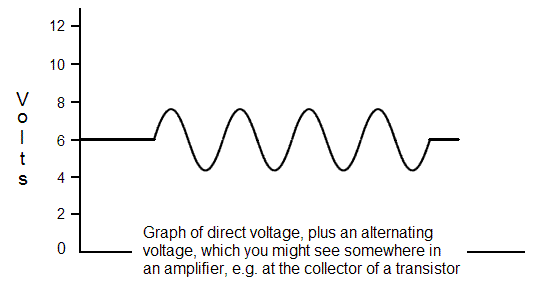Music Manic
Junior Member level 2
Hi,
How does a circuit separate the audio signal (which is A/C) from the D/C circuit?
When a circuit is closed and the voltage is applied everything in that circuit is D/C right!
So when an A/C signal, such as from a microphone or guitar pickup enters the circuit, how does the D/C circuit "translate" the fluctuating -ve to +ve signal into D/C?
I know that the capacitors are charged by the D/C voltage but how does A/C interact?
Thanks
How does a circuit separate the audio signal (which is A/C) from the D/C circuit?
When a circuit is closed and the voltage is applied everything in that circuit is D/C right!
So when an A/C signal, such as from a microphone or guitar pickup enters the circuit, how does the D/C circuit "translate" the fluctuating -ve to +ve signal into D/C?
I know that the capacitors are charged by the D/C voltage but how does A/C interact?
Thanks



